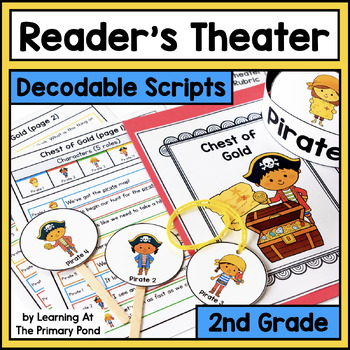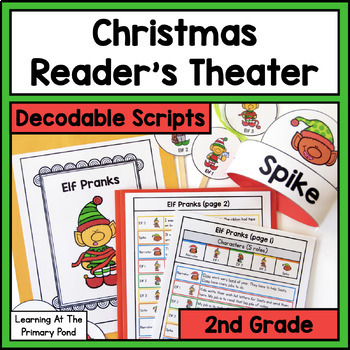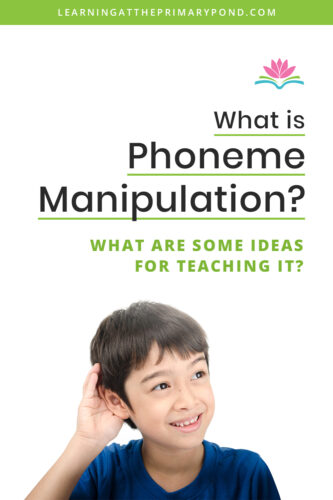Fluency practice doesn’t have to be a monotonous, repetitive task! By infusing creativity, interaction, and fun into the routine, you can help students improve their fluency and have fun while doing it.
Before we dive into ideas to make fluency fun, let’s clarify what fluency is in the first place! Reading fluently means that a student is reading with high accuracy, at an appropriate speed, and with proper expression.
Fluency is also essential to comprehension (the whole point of reading!). The more fluent a reader is, the easier it is for them to focus on understanding the text.
So fluency is important! But how do you put the “fun” in fluency practice? Keep reading for ideas to engage your students and make fluency practice enjoyable!

What is Reader’s Theater?
If you’ve never used Reader’s Theater with your students, you’re in for a real treat! Reader’s Theater is an engaging and motivating way for students to build reading fluency, plus work on their listening and speaking skills.
Reader’s Theater includes short scripts for your students to practice and perform. The goal is for students to practice their lines multiple times so that they can confidently read them with appropriate accuracy, expression, eye contact, and volume. With Reader’s Theater scripts, no memorization is necessary because students will read from the scripts when they perform!

The scripts pictured are easy for students to follow along visually. They’re color-coded and have specific clip art to identify the different roles.
How Do Students Practice Fluency?
There are many ways to help support students so that they’re successful with Reader’s Theater. For example, you could have students read aloud the entire script in small groups. That way, you’re available to help with any tricky words.
Then, after they’ve each been assigned a role, students should individually read through their own lines multiple times. After that, the students can come back as a small group to practice together. Last, they can “perform” for the entire class or another small group!
So that your students can successfully decode the scripts, the words in our scripts are limited to specific phonics patterns. Some of the patterns included are:
- VC and CVC words
- digraphs
- blends
- silent e words
- r-controlled vowels
- vowel teams
There are also student and teacher rubrics included in the products. The rubrics will help you articulate specific fluency goals to your students. Kids can self-evaluate and even help evaluate each other.

What Makes It Fun?
As students feel more confident in their reading, that will help them also feel successful. This success combined with the elements of practice and performance will make it a “fun” experience! Additionally, these products include headbands, necklaces, and puppets for the students to use during practice and performances.
Students will love getting into their roles using these extra props, and the materials bring some excitement to practicing fluency! In the lesson plans themselves, there is also a list of suggested props that students could add to the performance (such as a pretend bug, a fan, a toy cash register) if available.

The lesson plans provide teachers with directions on how to introduce the scripts, which roles to assign, and optional follow-up activities.
Conclusion
I hope you enjoyed learning a bit more about Reader’s Theater and how it can add some fun to your fluency practice! Here are some Reader’s Theater products that can be used during any time of year:
I also have these Christmas themed options!
Fluency is something that deserves daily attention. Students will continue to grow in different areas as they practice, practice, practice.
If you’d like to learn a bit more about additional fluency activities, check out this blog I have called “How to Build Fluency With K-2 Students.”
Happy teaching!




















